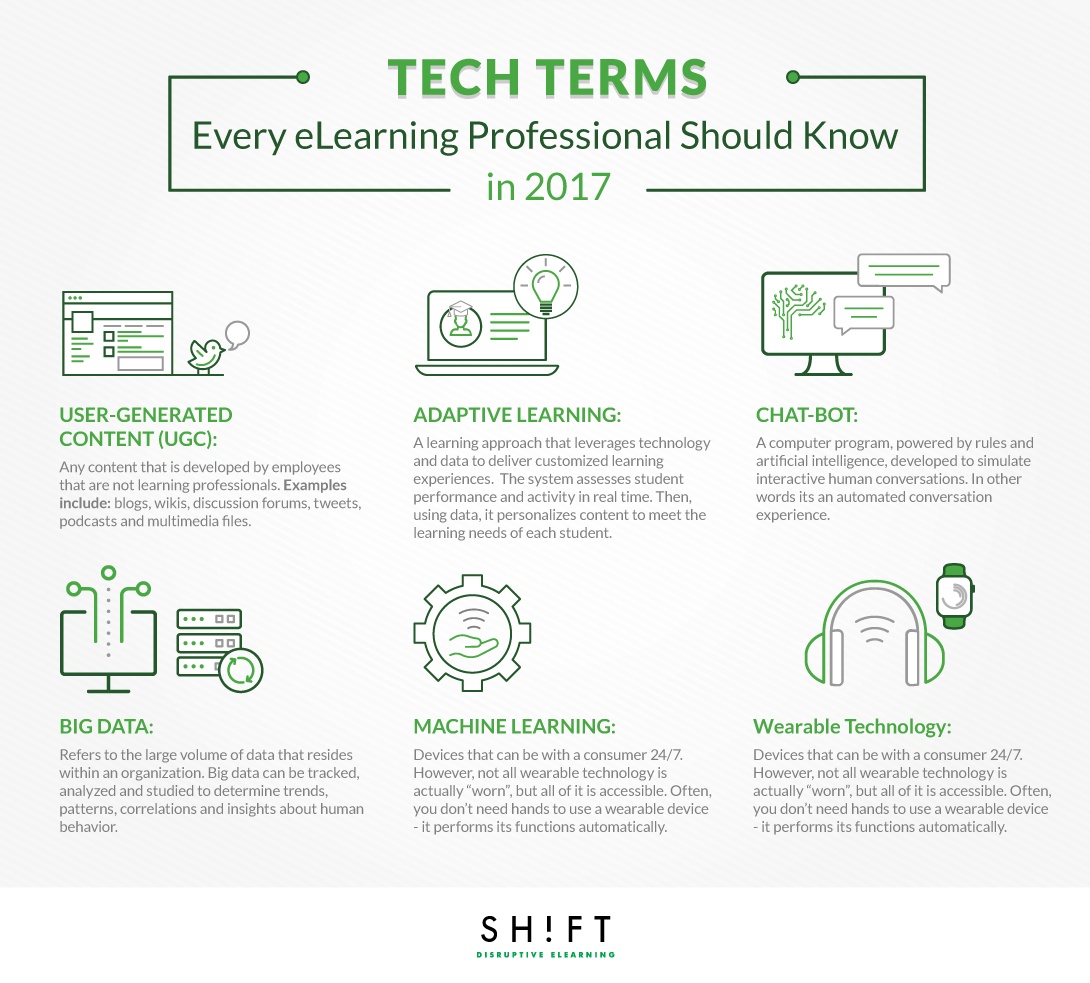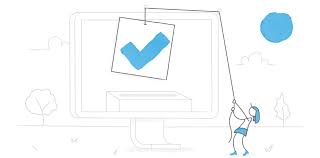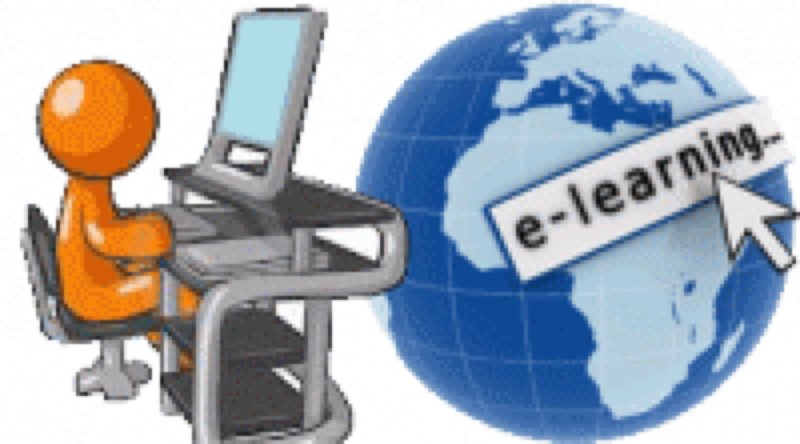
Here are some common problems that new teachers will face when starting an online teaching career. To be able to effectively teach students, teachers need multiple digital tools. Teachers often open multiple tabs simultaneously and can attend virtual school meetings. To keep up, they also log on to the internet for 10 hours per day. Online learning requires that teachers simplify and streamline their workflows in order to make it as efficient and effective as possible.
Internet connection
Your Internet connection may pose a problem for online learning depending on where you live. You experience may be negatively affected by speed, latency, bandwidth, or other factors. These issues are particularly important if your learning happens synchronously. Here are some suggestions for improving your connection for online learning. Continue reading to find out more. (This article was modified in January 2019

Time commitment
Online learning has its 'favorables', but some students still have problems. These include learning styles and stress levels, as well as a lack or technology. Teachers should consider these concerns and help their struggling students become successful online learners. Establish clear expectations and ensure they meet them. Here are three common online learning issues and their solutions. Online learners can overcome these challenges and become more mature, able to take on new challenges with greater ease.
Distractions
Online learning is possible in many ways. While some people find background noises distracting, others find them beneficial. Sitting in a quiet area is the best way to avoid distracting yourself while studying. You can also be distracted by outside noises such as the weather, noisy cars, barking dogs, or louder vehicles. There are many ways to get rid of these distractions and they are easy to do.
Problem-solving skills
It is crucial to learn problem-solving skills as you begin your online education experience. These skills will support your ideas, knowledge, creativity, memory, and elaborate problem-solving approaches. For online courses, problem solving skills require careful planning, flexibility, as well as an individual style. Listed below are some tips for developing problem-solving skills for online courses. They will improve your learning experience as well as increase your confidence.

Communication with teachers
It is important to recognize that there will be negative interactions when communicating with students. These could include confusion over the course content, difficulties navigating the course, or trouble managing their time. This is why you must make a positive impression with everyone who comes in contact with you. These interactions directly affect the effectiveness of the entire learning process. Negative interactions with students are more difficult for you to reverse than the positive ones.
FAQ
What is electronic learning?
E-learning provides an online learning option for individuals and institutions. It allows you to deliver information and instruction using electronic media like computers and mobile devices.
The term "e" is used because this type of learning uses technology to deliver content rather than physical materials.
E-learning does not have to be done in a traditional classroom setting. It can also be done at home, on the move, or anywhere else that has internet access.
Does eLearning require an Internet connection?
It all depends on what you are trying to accomplish. There is no need to connect to the internet if you're just taking an online class. However, access to the internet is necessary if you intend to use interactive features such as quizzes or any other type of interactive feature.
What should my course in eLearning look like?
Your eLearning course design should encourage learners to interact with the material.
This means that both the design and content must be simple to use.
It also means that the content must be interesting and compelling.
Three things are essential to ensure your eLearning course meets these requirements.
Content
First, you must decide what content will be included in your eLearning courses. You must decide how long each section should be. To teach someone how you write letters, for example, you must decide how long each topic will take.
Navigation
The second crucial decision is how you want your learners navigate through your course. Are you asking them to go through each page individually? Do you want them to skip to the most important parts?
Design
Finally, decide how your course will look. This includes deciding how long each screen will take to load and how big the font size should be. Also, you will need to decide if graphics are desired (e.g. pictures).
Once you have made all of these decisions, you need to test your course to see if it works well.
What are the systems used for e-learning?
E-learning, or online learning, is a method where students learn using a computer screen. Interactive activities like quizzes, tests and discussions are possible.
E-learning also includes web-based programs which allow users access to information on the internet via a computer. This program is often referred to simply as "online educational."
Where can e-learning be used?
E-Learning can be a great way to learn for those who are not able to attend face–to-face classes. It can be used to teach another person how to do something.
E-Learning is a popular option for businesses as it can be used in training programs.
E-Learning is becoming more popular in schools due to its time and money saving.
What are some e-learning tools?
Interactive media, such as animation and audio, is the best way to convey learning content.
These media allow learners to interact directly with the content. They are also more engaging and retain learners.
Online courses often contain video, audio, text and interactive features.
These courses may be free or paid for.
These are just a few examples of elearning tools:
-
Online courses
-
Virtual classrooms
-
Webinars
-
Podcasts
-
Video tutorials
-
Self-paced e-learning modules
-
Interactive
-
Social networking sites (SNS).
-
Blogs
-
Wikis
-
Discussion forums
-
Chat rooms
-
Email lists
-
Forums
-
Quizzes
-
Polls
-
Questionnaires
Statistics
- According to ATD's 2021 State of the Industry report, technology-based learning methods, including e-learning, accounted for 80 percent of learning hours used in 2020. (td.org)
- E-learning is intended to enhance individual-level performance, and therefore intend to use of e-learning should be predicted by a learner's preference for self-enhancement (Veiga, Floyd, & Dechant, 2001). (sciencedirect.com)
- Reliability, validity, and descriptive statistics (The Gambia). Empty CellCRAVEMeanSDACBICOEEHABHEHMPEPOPVSESITRAC0.770.635.080.842) in behavioral intention to use e-learning in The Gambia (53%) and the UK (52%), (sciencedirect.com)
- The UK sample was relatively balanced in terms of gender (56% male) compared to the Gambian group (77% male). (sciencedirect.com)
External Links
How To
How has eLearning changed since its creation?
In the 1980s, the initial e-learning course was created. They were designed to help adults learn new computer skills. Since then, e-learning has become much more sophisticated. Today, there are many different types of e-learning available. These include:
-
Computer-Based Training, (CBT) – CBT is typically short and involves computers being used to convey information.
-
On-Demand Learning (ODT). ODT is a course that is offered only when the student is required.
-
Self Study - This type of e-learning allows people to do their own research and not need any help.
-
Web-Based Training (WBT). WBT allows students to study online. While the tutor cannot see the students' activities, he can monitor their progress through the system.
-
Video Lectures - A video lecture is a recorded presentation that can be viewed on screen or television.
-
Online Tutorials: These tutorials can be found on the internet. They provide step-by–step instructions on how you can perform certain tasks.
-
Interactive Whiteboard: An interactive whiteboard allows users to interact directly on the board's image by touching sensitive areas.
-
Simulations - Simulations are computer-based games that involve role-playing. Students will be able to act out possible scenarios during their job.
-
Games – Games are computer-based exercises that aim to improve problem-solving skills.
-
Collaborative Learning - Collaborative learning is a form of e-learning that encourages groups of students to work together.
-
Problem Solving - Problem-solving is a type of e-learning that aims to develop critical thinking skills.
-
Virtual Environments: A 3D representation of real objects in a virtual environment. This would be a 3-D model of a building.
-
Social Networking – Social networking allows you to communicate with other people via the internet.
-
Mobile Learning - A type of eLearning, mobile learning can be used while you're on the go.